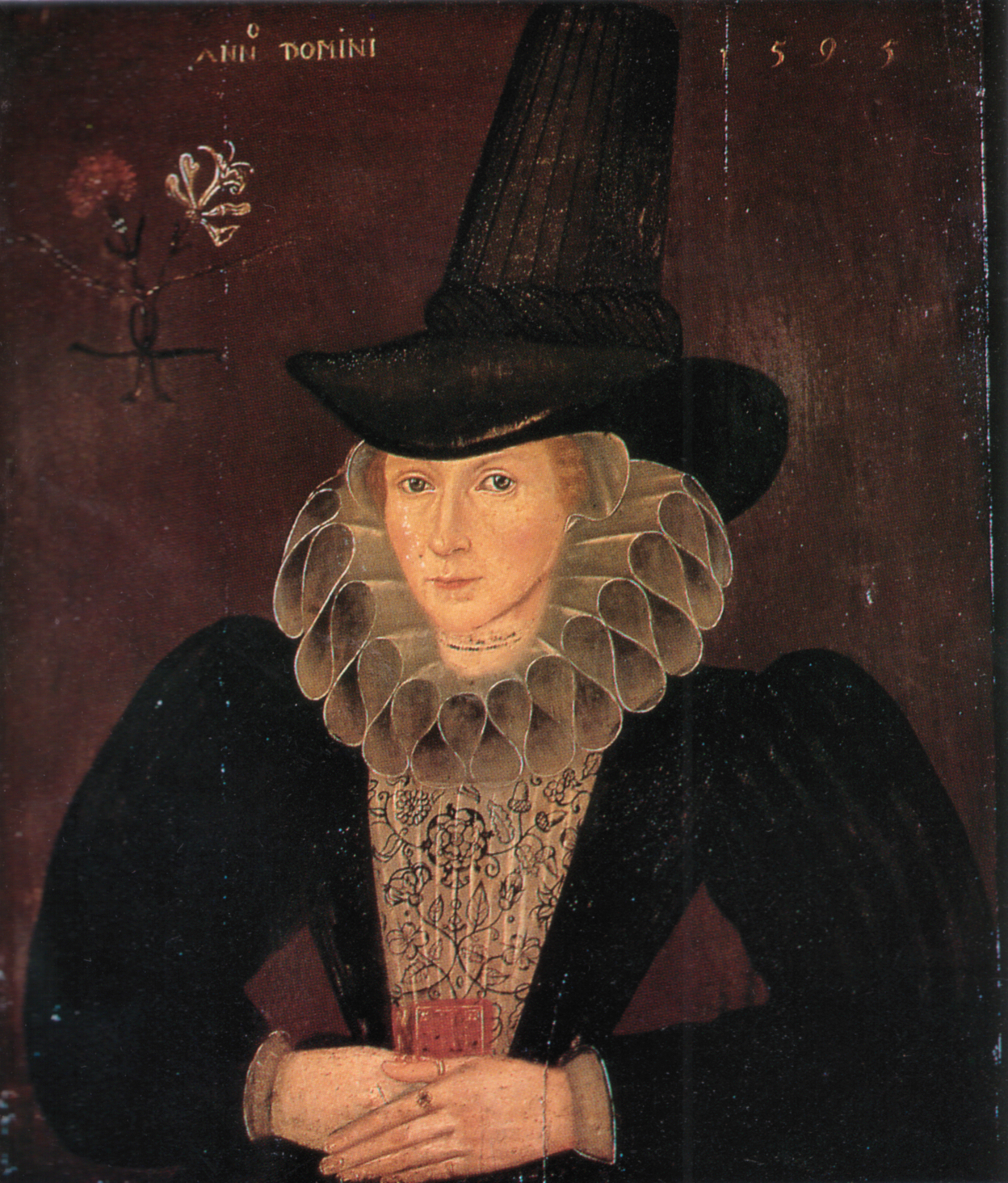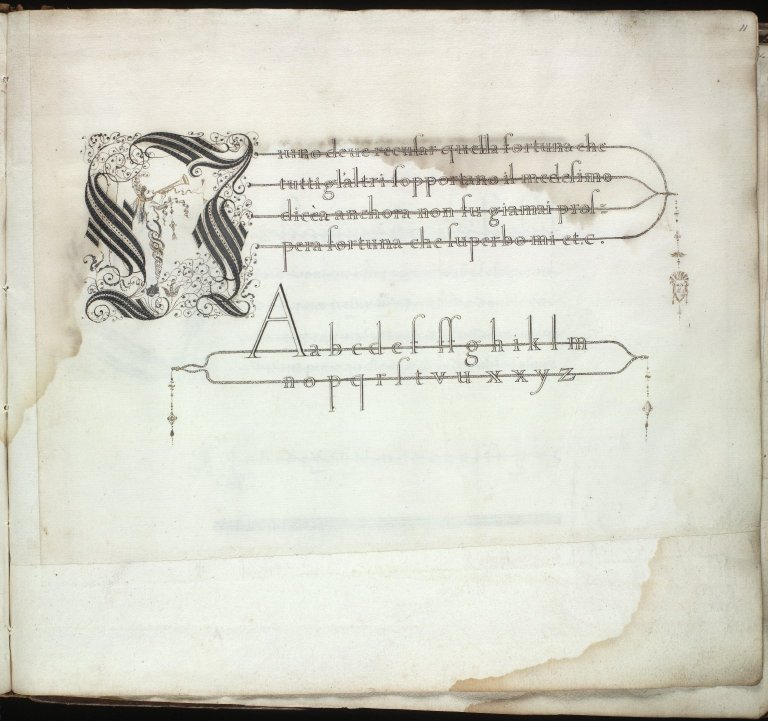The first structures that stood on the property were a mill house and a small medieval castle from the 11th century. In 1513, Thomas Bohier, chamberlain of the king of France, determined to acquire the property, raze the existing buildings, and in their place create a Renaissance château.
 |
| Yule decoration at Château de Chenonceau |
One of Katherines most significant contributions to Château de Chenonceau was the building of a staircase which proceeds straight upwards. Most staircases of this time were spiral or curved and apparently Katherine was looking to create something more practical.
Sadly, Thomas and Katherine didn't get to spend much time enjoying the château. Both had passed away by 1526 and their son Thomas inherited the château. King Francois I became the owner of the château when Thomas had to give it away because of his debts.
 |
| Château de Chenonceau in Winter |
On the death of King Francois I, his son and heir, Henry II became the owner. Henry decided to give the castle as a gift to his mistress, the noblewoman Diane de Poitiers. Diane was delighted with the château and decided to add to it.
Diane contributed what is foundation for most iconic part of the château -- the magnificent arched bridge across the river. She also had the formal garden added to the property. Diane's time at the Château de Chenonceau came to an end with the death of Henry. Henry II’s widow Catherine de Medici, the Queen of France, had taken a fancy to Château de Chenonceau and wanted it for herself. Catherine knew that Diane was the owner, but was able to 'encourage' an exchange of castles. Catherine de Medici took Château de Chenonceau, while Chaumont Castle was given to Diane de Poitiers.
 |
| Château de Chenonceau, Bâtiment-des-Dômes |
In 1560, Château de Chenonceau became the site for the wedding of Catherine's son Francis II and Mary Queen of Scots. Later that same year, when Francis was proclaimed King, the first fireworks in France were witnessed at the castle, during the celebration.






